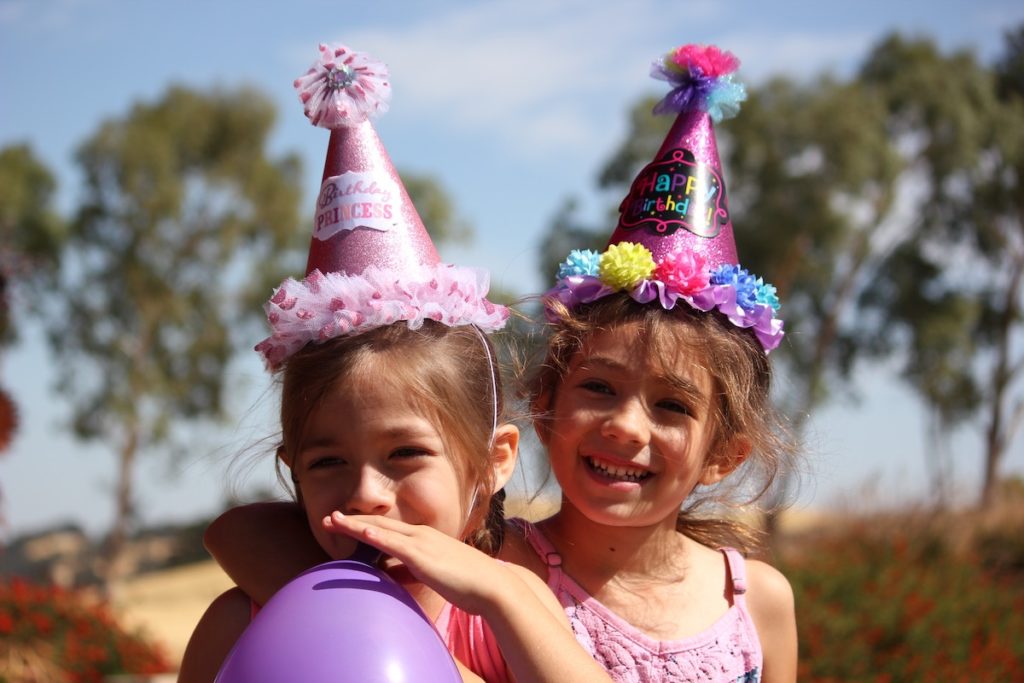
Adverse life events can have a profound impact on our mental health. However, social resources such as positive relationships can act as a buffer to the potentially life-long mental health problems these events can cause; providing us sources of emotional, informational and practical support (Cohen & Wills, 1985).
The relationship between social resources and mental health nevertheless remains unclear. For instance, many child and adolescent predictors of social resources in earlier adulthood have been identified. However, much less is known about the early life predictors of mid-life social resources.
- If such predictors do exist, can we develop interventions to promote greater social resource development in children and adolescents predicted to have poorer mid-life social resources? This will increase the likelihood of these young people turning to their social resources when faced with adversities in later life.
- Alternatively, does having greater social resources have additional benefits to mental health when we are faced with stressful life events in both the short- and long-term?
- And perhaps most importantly, what is the direction of association between social resources and mental health; perhaps mental health problems can impact the social resources available to an individual as well?
These are the questions Sehmi and colleagues (2019) set out to answer, analysing data on just under 5,000 participants from England, Wales and Scotland followed by the National Child Development Study since 1958.

Can we help young people develop positive social relationships, so that when they reach mid-life they are more resilient to stress?
Methods
1. To identify factors that predicted mid-life social resources at 45 years, potential predictors of social resources were examined at 7, 11 and 16 years.
2. To see whether different levels of social resources at 45 years resulted in different mental health outcomes after being exposed to stressful events, researchers:
- Measured levels of depression and anxiety at 45 years;
- Quantified participant’s social resources at 45 years to divide them as “poor”, “typical” or “rich”;
- And identified the number of stressful life events experienced at 45 years in the past 6 months.
3. To explore the direction of association between social resources and mental health researchers measured psychological distress at:
- 42 years to see whether any relationship between social resources and mental health could be explained by past mental health
- And at 50 years to explore any longer term effects of social resources on mental health, 5 years after being exposed to a stressful event.
Results
- When adults experienced one or two stressful events, those with rich and typical social resources had less anxiety and depressive symptoms at age 45, and in the long-term at age 50, compared to those with poor social resources.
- When three or more stressful events were experienced, only adults with rich social resources had lower levels of symptoms at both age groups than those with typical and poor social networks.
- When taking into account past mental illness, the positive effect of having rich social resources declined, but still remained influential to lessen the risk of developing anxiety and depressive symptoms, compared to those with poor or typical social networks.
- When accounting for people’s sociability in childhood and adolescence, the relationship between social resources and emotional resilience was no longer significant.

This research adds further support to the idea that mental health problems brought on by stressful events in mid-life, can be mitigated by strong social resources.
Conclusions
Social ties and better personal support help individuals becoming resilient to high levels of stress. Children and adolescents with strong social skills also have better mid-life social resources, leading to a better ability to deal with stress at middle age.
Strengths and limitations
This study had many strengths. Primarily, it was carried out using a prospective cohort design which establishes temporality. This allows for the investigation of a causal inference between social resources and future mental health and the directionality of this relationship. Additionally, this study used a multidimensional conceptualisation of social resource including both better quality support from at least one person and increased quantity of social support from a broad network of social relationships.
Nevertheless, this study wasn’t without its limitations:
- Stressful events (such as the loss of a child or unemployment) were assumed to contribute equally to the measurement of affective symptoms and psychological distress. Additionally, rich social resources were considered capable of mitigating these stressful events to an equal extent.
- In addition, there was a 47% attrition rate that could heavily bias the results. Although the authors tried to address this bias, since stressful events were only recorded within the past 6 months, dropout rates could be due to stressful events occurring before 6 months.
- Also, due to the over-reliance on self-report measures, common method variance could have acted as a confounder in the relationship being investigated.
- Finally, in the analysis of the concurrent relationship of social resources at age 45 and affective symptoms at age 45, psychological distress at age 42 was used to adjust for affective symptoms to argue for causality. However, psychological distress is not the same as affective symptoms.

According to this research, people who develop strong social skills as a child get the most protection from their social resources in mid-life.
Implications
- This study highlights the importance of social resources as protective factors against future mental health problems, and also mentions when these social resources are not enough for some people at risk.
- This gives a reason for clinicians to assess their patient’s close relationships as well as the breadth of their social network, particularly if their patient has experienced several stressful life events.
- In this case, strengthening one’s social ties, by reaching out for community support or attending workshops about social skills, assertiveness, or self-confidence has the potential to prevent the incidence or worsening of a mental health disorder.
- Moreover, since children with underdeveloped social skills are at a higher risk of developing future mental health problems, school campaigns promoting social inclusion and raising awareness about the detrimental effects of bullying can decrease this risk.

No man (or woman) is an island. Helping children who struggle to initiate and maintain relationships is likely to stand them is good stead when they reach middle-age.
Contributors
Thanks to the UCL Mental Health MSc students who wrote this blog: Avithaa Thayaparan (@avithaa_t), Asaelia Aleeza (@asaelialeeza) and Sally Farah (@SalllyFarah).
Conflicts of interest
None.
UCL MSc in Mental Health Studies
This blog has been written by a group of students on the Clinical Mental Health Sciences MSc at University College London. A full list of blogs by UCL MSc students from can be found here, and you can follow the Mental Health Studies MSc team on Twitter.
We regularly publish blogs written by individual students or groups of students studying at universities that subscribe to the National Elf Service. Contact us if you’d like to find out more about how this could work for your university.
Links
Primary paper
Sehmi R, Maughan B, Matthews T, Arseneault L. (2019) No man is an island: social resources, stress and mental health at mid-life (PDF). The British Journal of Psychiatry. Cambridge University Press, pp. 1–7. doi: 10.1192/bjp.2019.25.
Other references
Cohen S, Wills TA. (1985) Stress, social support, and the buffering hypothesis (PDF). Psychological Bulletin, 98(2), 310.
Photo credits
- Photo by Samuel Zeller on Unsplash
- Photo by Austin Pacheco on Unsplash
- Photo by Fabrizio Verrecchia on Unsplash
- Photo by Victoria Rodriguez on Unsplash
- Photo by Chinh Le Duc on Unsplash
